Myrtle tree: mythology, cultivation and care
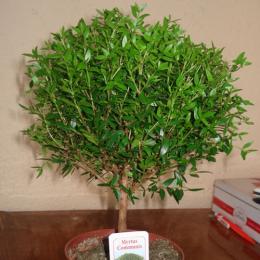
The name "myrtle" comes from the ancient Greek "Myron" and means balsam, myrrh. Myrtle was known to the ancient Jews, Egyptians and Romans. He was a symbol of high spirituality and purity. It is not for nothing that today in many countries not a single bride’s bouquet is complete without myrtle branches. And Baltic girls decorate their wedding wreaths with leaves from myrtle trees grown with their own hands.
Content:
- History of the myrtle tree. Myths and legends about myrtle
- Useful properties of myrtle tree
- The most acceptable conditions for a myrtle tree
- Growing a myrtle tree at home
History of the myrtle tree. Myths and legends about myrtle
Myrtle is an evergreen shrub with small white or pink flowers of amazing aroma. He came to us several centuries ago from the southern countries located in the Mediterranean basin. Under natural conditions it grows up to three meters in height. In room conditions it reaches no more than one meter.
According to legends, Adam, expelled from paradise, took with him a single green twig as a memory of his carefree and joyful life. It was a sprig of evergreen myrtle. The plant of paradise took root on the sinful earth as a reminder of lost happiness.
In Roman mythology, the goddess of fertility, health and innocence Faunia once suffered at the hands of her father Faun. Seeing her drunk, he whipped the poor girl with a myrtle branch. Since then, myrtle and wine have been considered unacceptable in the temple of this goddess, who cares about the feminine principle.However, there is no place for men there either. In ancient Rome, a representative of the stronger half could pay with his life for entering the temple of Faunia.
An ancient Greek myth says that a myrtle tree grew on the site where the nymph Myrsina died, a victim of the wrath of Athena herself. The mighty goddess, who dearly loved Mirsina, still could not forgive her for winning the running competition and killed her in the heat of anger. Later, having come to her senses, she began to ask the gods to preserve at least something that reminded her of the poor nymph. This is what the myrtle, which took root from Myrsina’s body, became such a reminder.
Myrtle was considered the sacred tree of the goddess of love and beauty Aphrodite. According to legend, it was thanks to the myrtle wreath with which the goddess was decorated that Paris recognized her as the first in the dispute between goddesses about primacy in beauty. And today, the Greeks place a sprig of myrtle under a newborn girl’s pillow in the hope that she will grow up to be as beautiful as Aphrodite herself.
It was in the shadow of the myrtle that Aphrodite, who emerged from the foam of the sea, promised eternal life to her beloved Adonis. Therefore, myrtle is also considered a connecting link between the living and the dead; it is often used in rituals of communication with the other world.
Thanks to Greek myths and legends, the custom of giving gifts for a wedding has passed down to us. myrtle tree. After all, in Greece it is a symbol of fidelity and family happiness. In many countries, it is still a custom to plant a branch of myrtle from the bride's bouquet in the yard. This means that love in this house is eternal, like greenery on a plant.
Useful properties of myrtle tree
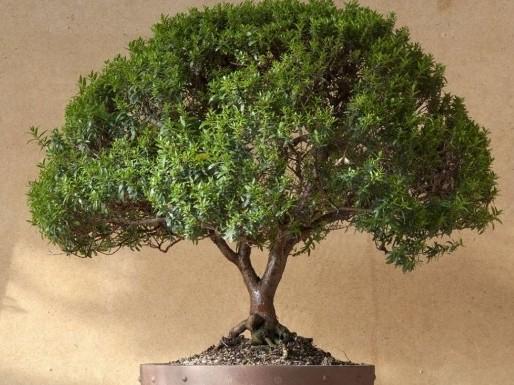
The branches, leaves, especially flowers of myrtle contain a large amount of essential oilswhich are used in the treatment of:
- infectious diseases of the upper respiratory tract
- colds
- genitourinary system infections
- varicose veins and various types of phlebitis
- some dermatological problems
- depression
A myrtle tree located indoors perfectly purifies the air from all kinds of pathogenic microbes. The aroma of flowers and the plant itself, which is clearly felt during spraying, has a beneficial effect on the nervous system, relieves fatigue and irritation. The aroma of the myrtle tree growing in the office increases productivity and helps fight stress. Located in the bedroom the plant promotes good sleep and good rest.
The most acceptable conditions for a myrtle tree
The climate in which the wild relatives of myrtle feel comfortable differs from the microclimate in our apartments. Therefore, you should adhere to some rules, thanks to which the plant will have a healthy appearance:
- Lighting. Myrtle is a light-loving plant. Even slight shading can cause a slowdown in its growth. You should not keep the plant in the back of the apartment, no matter how great it looks in the far corner. The best place for myrtle is a windowsill. In winter, when daylight hours are very short, it is advisable to use additional lighting in the form of fluorescent lamps.
- Temperature. The plant is also demanding on air temperature. The most acceptable temperature in summer is 20-25 degrees. In winter, myrtle requires cooler air. At temperatures above 10-12 degrees, it can shed its leaves. If he has to spend the winter at temperatures above fifteen degrees, then in the spring he will not bloom.
- Air humidity. High humidity is required. It is necessary to spray it with water frequently. Dry air, especially in winter, can cause leaf loss.If the humidity in the room is very low, you need to place the flowerpot in a tray with water. The moisture evaporating from it will maintain the necessary microclimate in close proximity to the plant.
- Watering. Tap water is absolutely unacceptable for myrtle. It should be watered rain or melt water. In spring and summer, watering is plentiful, in winter moderate. The earthen clod should not be allowed to dry out; myrtle reacts very sensitively to lack of moisture. But the plant will not feel good if it is flooded. Most likely, its roots will rot. Therefore, when planting, you should take care of good drainage by pouring expanded clay onto the bottom of the flowerpot.
- Fresh air. In summer, it is better to take the myrtle tree out into the fresh air. If there is such a possibility. You just need to make sure that it is not in direct sunlight and that its soil does not dry out in the heat.
Growing a myrtle tree at home
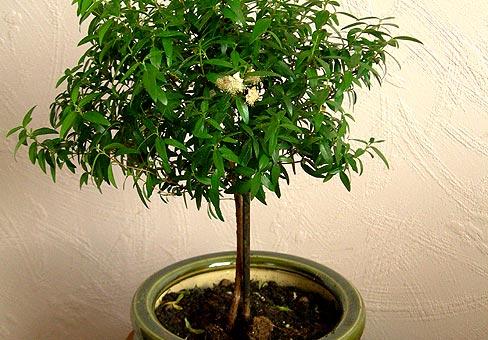
- Soil and fertilizer. For myrtle, soil suitable for citrus plants is suitable. Fertilize only during the period of active growth, in spring and summer, with complex fertilizer no more than twice a month.
- Reproduction. Myrtle propagates by cuttings or seeds. Lignified cuttings are soaked in any root former and planted in the soil under a film. A tree grown from cuttings blooms in the second year, and from seeds in the third. Seeds collected from still soft fruits give good germination. It is enough just to pick the berries when they have reached a purple color and plant them in the ground. Each fruit contains up to seven seeds. Within one and a half to two weeks, the planted seeds will produce green shoots.
- Transfer. Every year, until the myrtle reaches five years of age, it should be transplanted into a larger pot.The difference between the old and new flowerpots should not be too big. This procedure should be performed in the spring. After five years, it is enough to replant the myrtle tree every three to four years.
- Plant Formation. In natural conditions, myrtle is a shrub. Young shoots are produced by the roots, not the plant. And therefore, if you need to form a tree at home, you should periodically remove all newly grown shoots.
- Crown formation. Produced at any time. Just don’t overdo it with the frequency of haircuts, otherwise the tree may not bloom. But you shouldn’t leave the plant without cutting it either. Otherwise, over time, the branches will be exposed and the tree will not take on a very presentable appearance.
- Diseases and pests. Spider mites, scale insects, aphids. Special insecticides are used to control these pests. You can use spraying with a soap solution if the localization of the pest is insignificant or chemicals are unacceptable.
Today there are about one hundred species of myrtle tree. Exported to Europe several centuries ago, myrtle has taken root well in homes and feels great. You just need to pay a little attention to it so that a beautiful plant with such an amazing and rich history will please the eyes and strengthen your well-being.
Reproduction and pruning of myrtle on video:
Interesting information about the vegetable garden

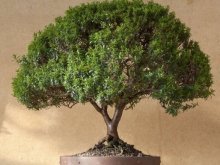
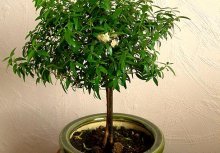

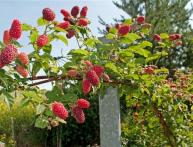

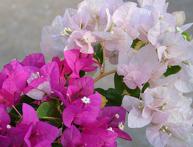
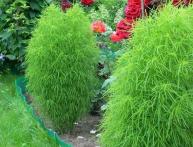

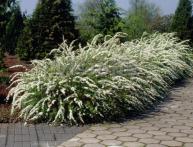
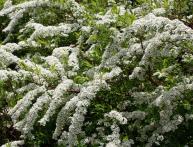
Comments
I planted a myrtle tree at home, but for some reason the seed has not germinated for two weeks now. This is fine?